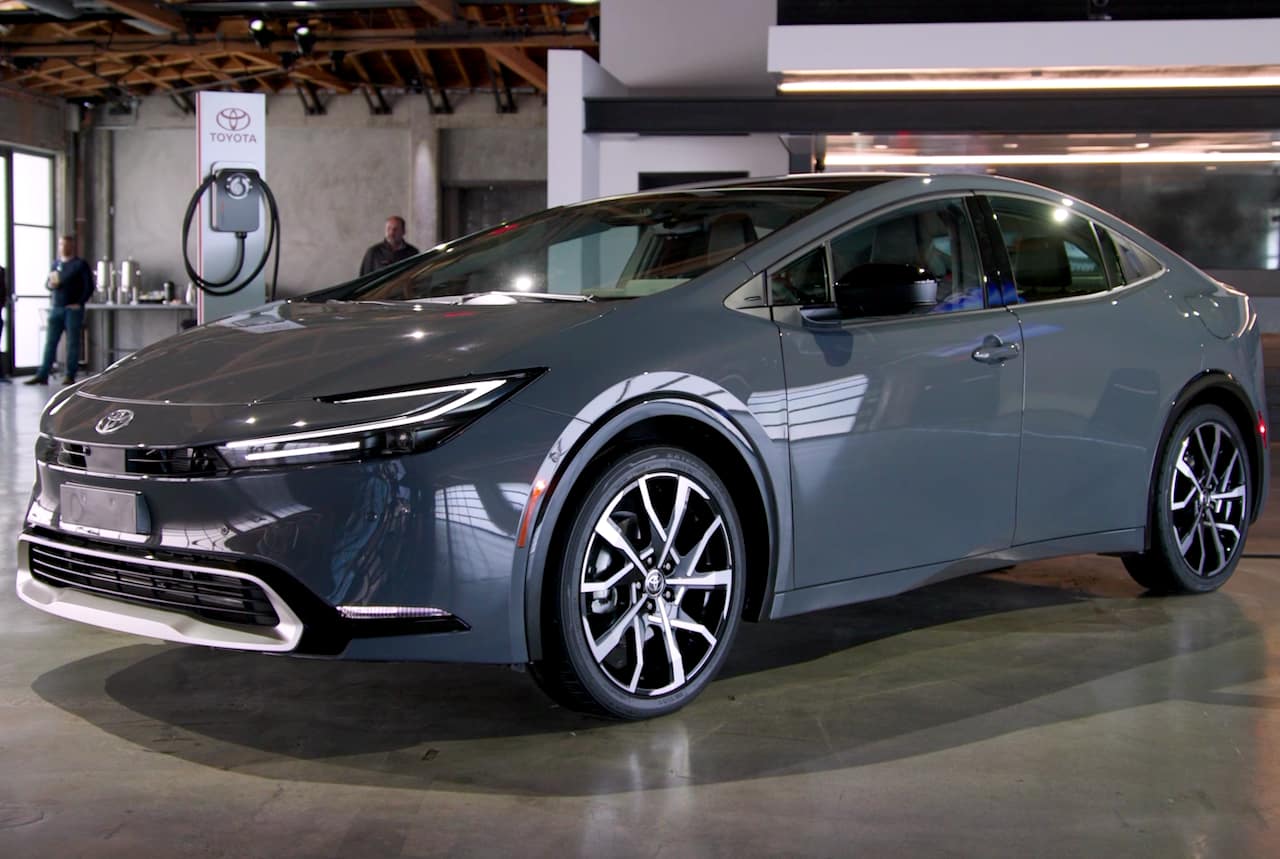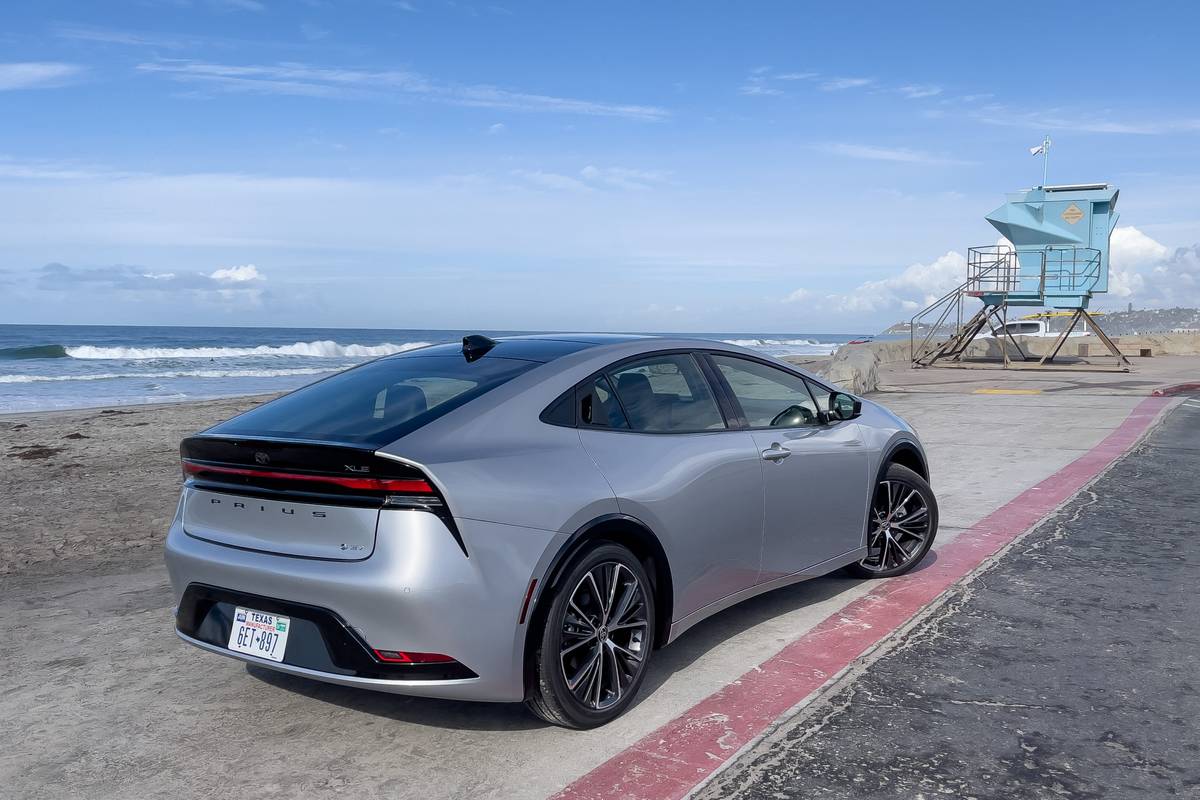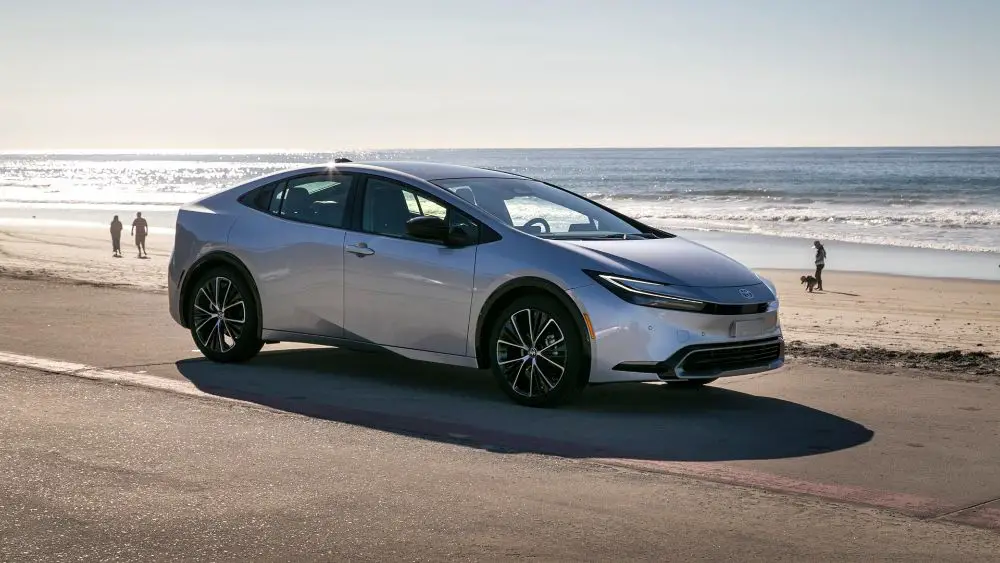Toyota’s new battery plant in Liberty, North Carolina, received an additional $2.5 billion investment from the company in August of last year. That’s in addition to the initial investment of $1.29 billion made by the corporation in November 2021, when the new building was dedicated. As for the first locally produced battery, it won’t happen until 2025 at the earliest. It is the first battery plant of its kind in North America and will allow Toyota to take advantage of the federal incentive for electric vehicles.
Toyota has no plans to delay the release of the 2023 Prius Prime plug-in hybrid despite the delay in the US battery timeline. The all-electric range of the 2023 Prius Prime has been greatly increased compared to previous models, and the battery capacity has been increased to 13.6-kilowatt hours. And the greatest of the Prius family, in our humble opinion.
What we do know about Toyota’s newest plug-in hybrid is presented here.

When it was initially introduced in 1997, the Toyota Prius was heralded as the first mass-produced hybrid passenger car. The Prius has maintained its high profile for the past two decades, winning over the hearts of celebrities and establishing itself as an industry leader. Toyota has used what it has learned from the Prius to develop an entire line of hybrid vehicles, each of which offers impressive fuel economy while calming the fears of individuals who are interested in electrification but don’t want to make the switch to an all-electric vehicle.
In 2012, Toyota released the Prius Prime, a plug-in hybrid vehicle. Unlike regular Prius models, the Prime can be driven entirely by electric power. The 2023 Prius Prime SE has an increased maximum all-electric range of 64 kilometres, an increase of 75% over the 2022 model. Since the XSE and XSE Premium are slightly heavier than the SE, its maximum range is increased to 53 km.
According to InsideEVs, a full charge of the Prius Prime from a standard 120-volt household outlet takes roughly 11 hours. It would be possible to simultaneously charge a car and a coffee machine. A 240-volt wall charger or outlet can shorten the charging time to four hours.

At the end of 2022, the company debuted the redesigned 2023 Prius hybrid. With a redesigned, more aerodynamic body, the Prius flaunts its increased power; Toyota boosted the Prius’s horsepower by 60%, from 121 to 194. The Prius Prime follows up by going much further in this direction. The Prime gets its 220 horsepower from the same 2.0-litre, four-cylinder engine used in the standard Prius.
Why would someone buy a Prius Prime instead of a standard Prius, other than for the power boost? The Prius has electric all-wheel drive, while the Prime only has front-wheel drive. The Prius also has a greater total range than the Prime (1040 kilometres against 1000 kilometres). The Prime has a faster top speed and a longer all-electric range.
The Prius Prime, powered only by its electric battery, can reach 96 km/h from rest in just 6.6 seconds. That’s around two seconds slower than Toyota’s GR86 and 0.4 seconds quicker than a Prius. When compared to Toyota’s Supra, the RAV4 Prime’s 0-96 km/h time of 5.7 seconds places it in second place. This could be the reason why the RAV4 Prime is so popular, and it’s likely the same for the Prius Prime as well.

